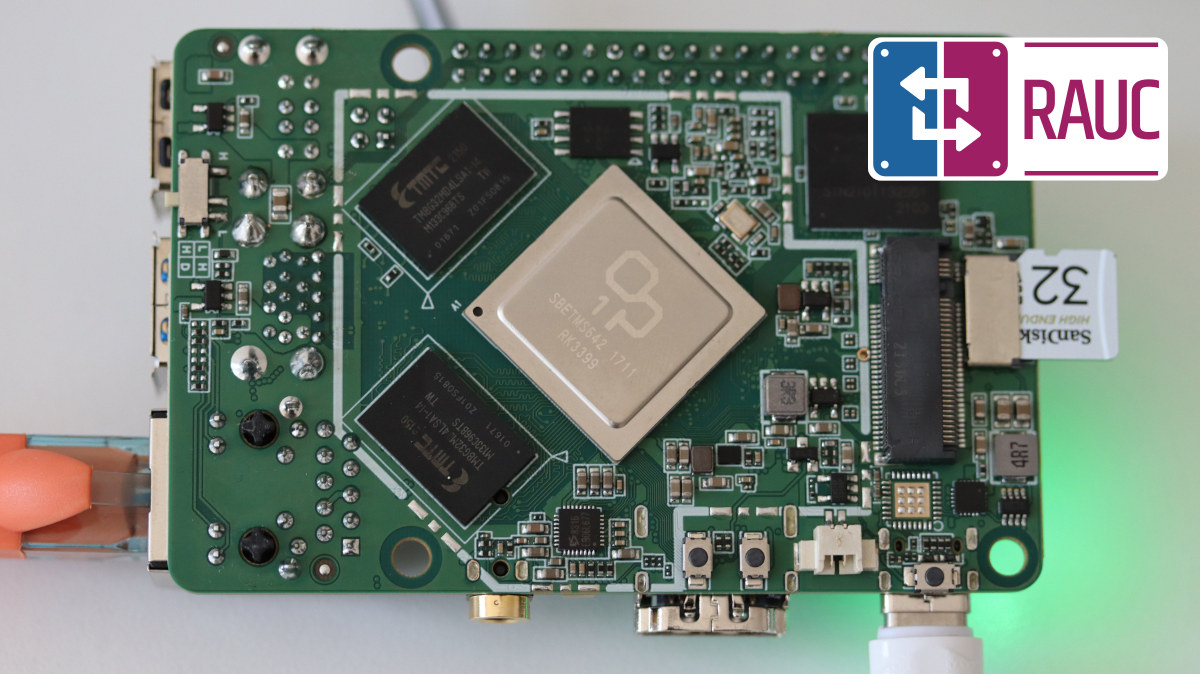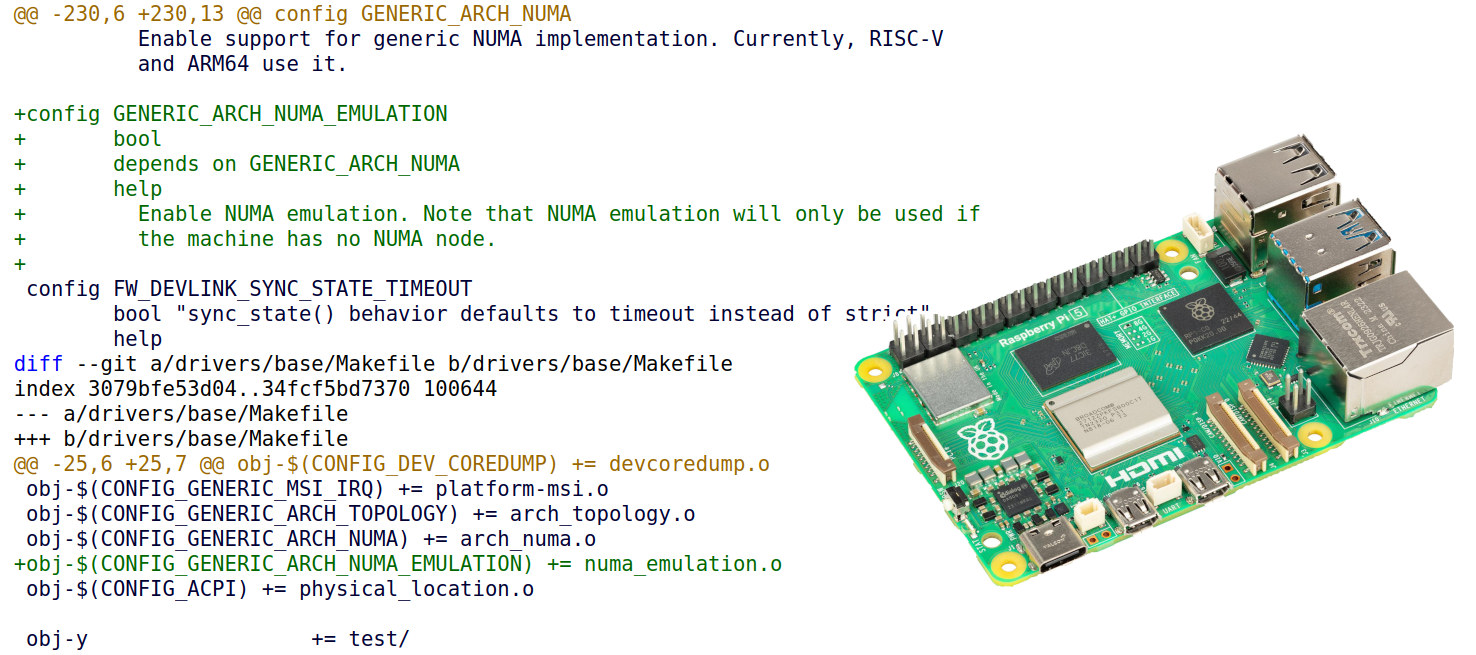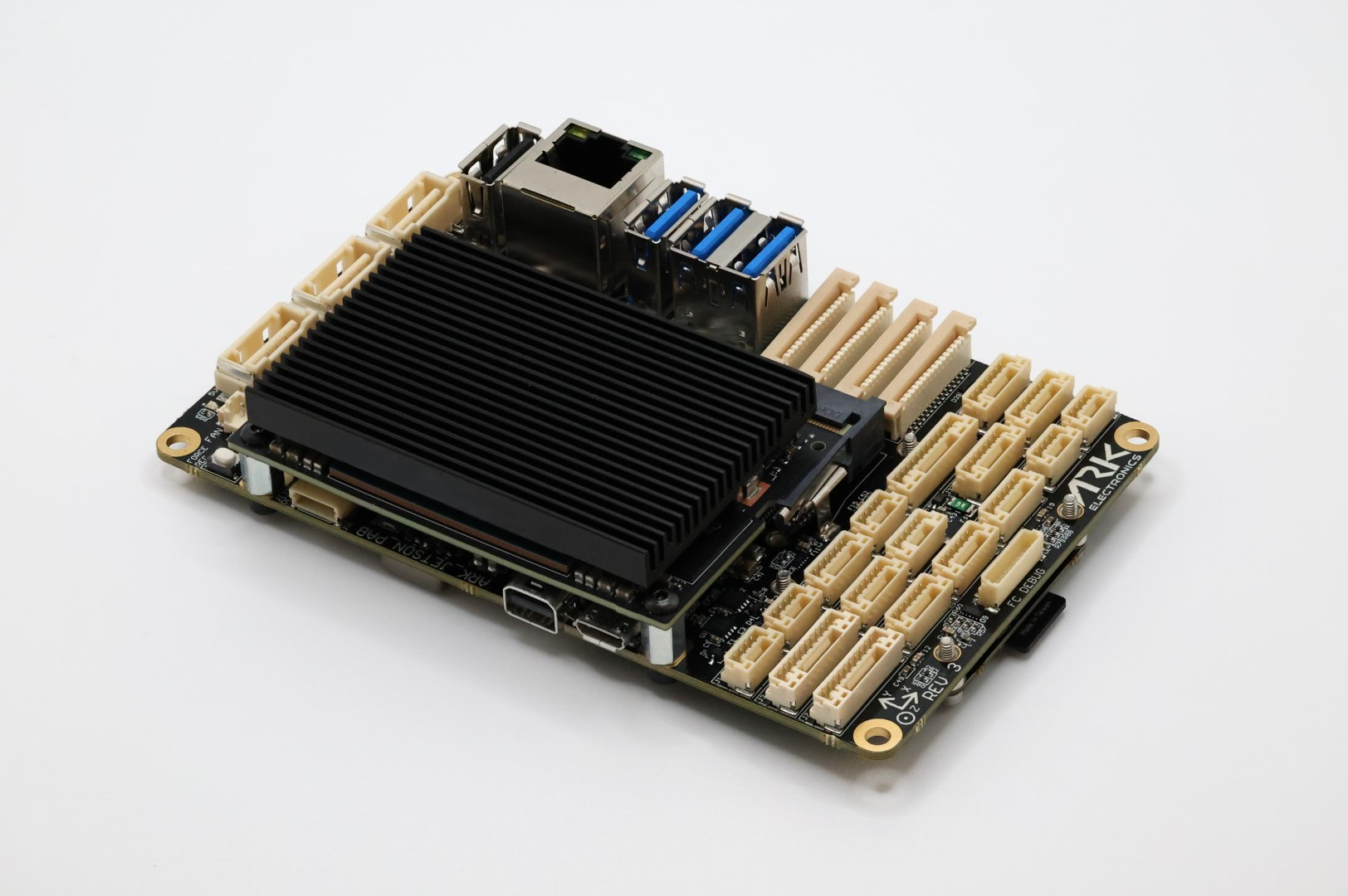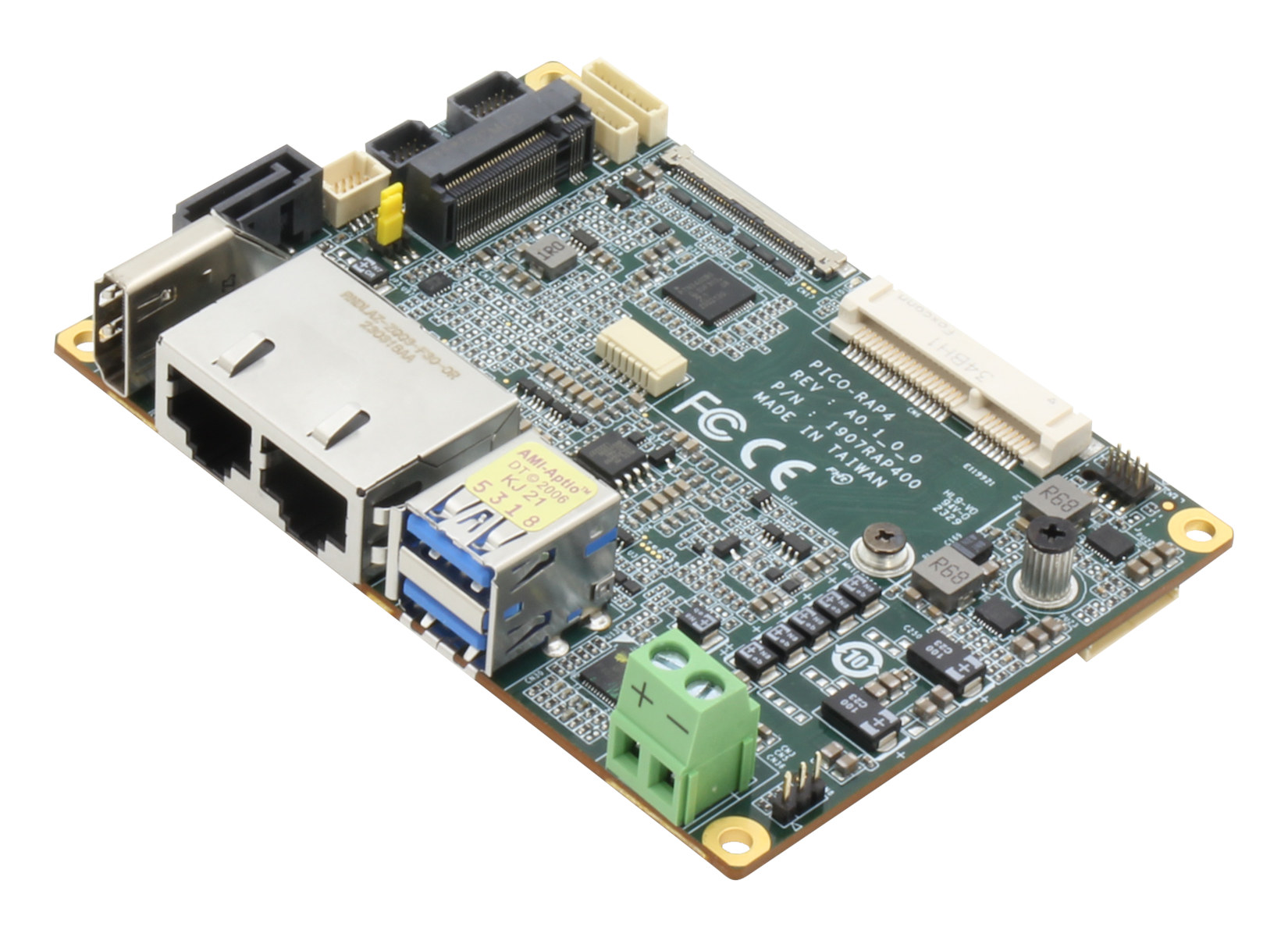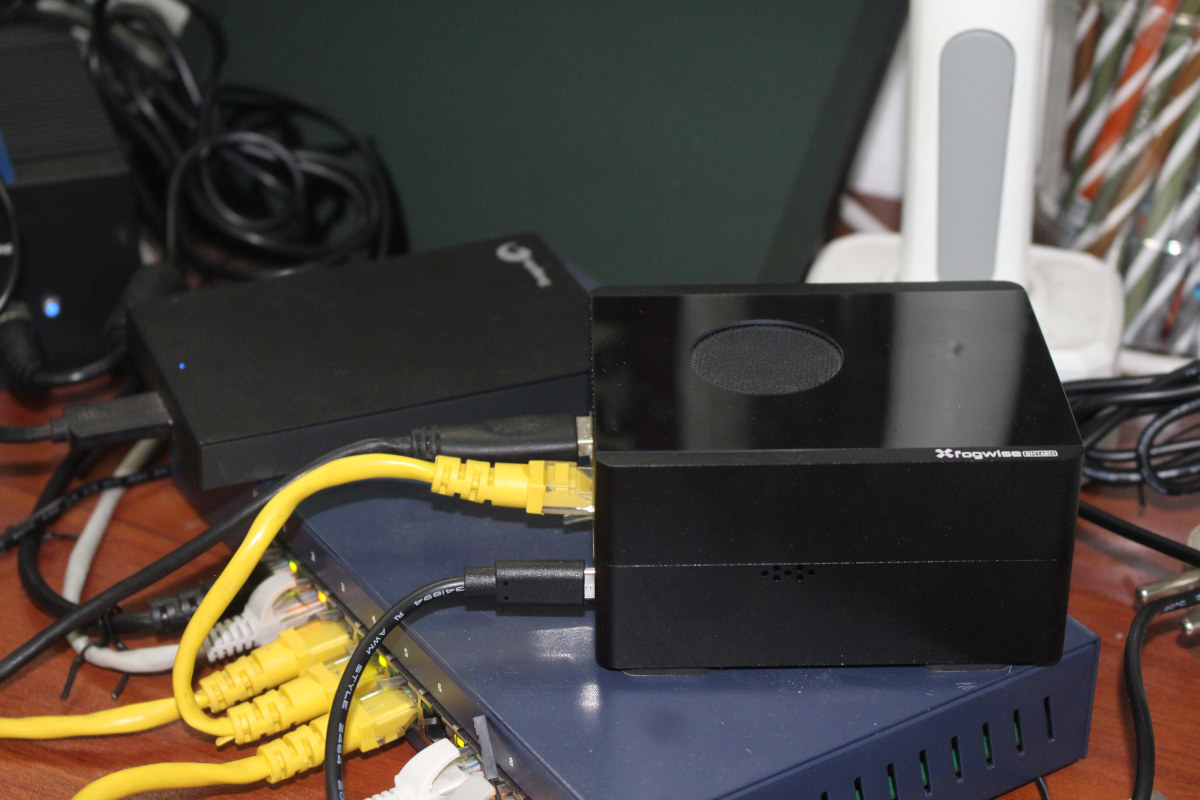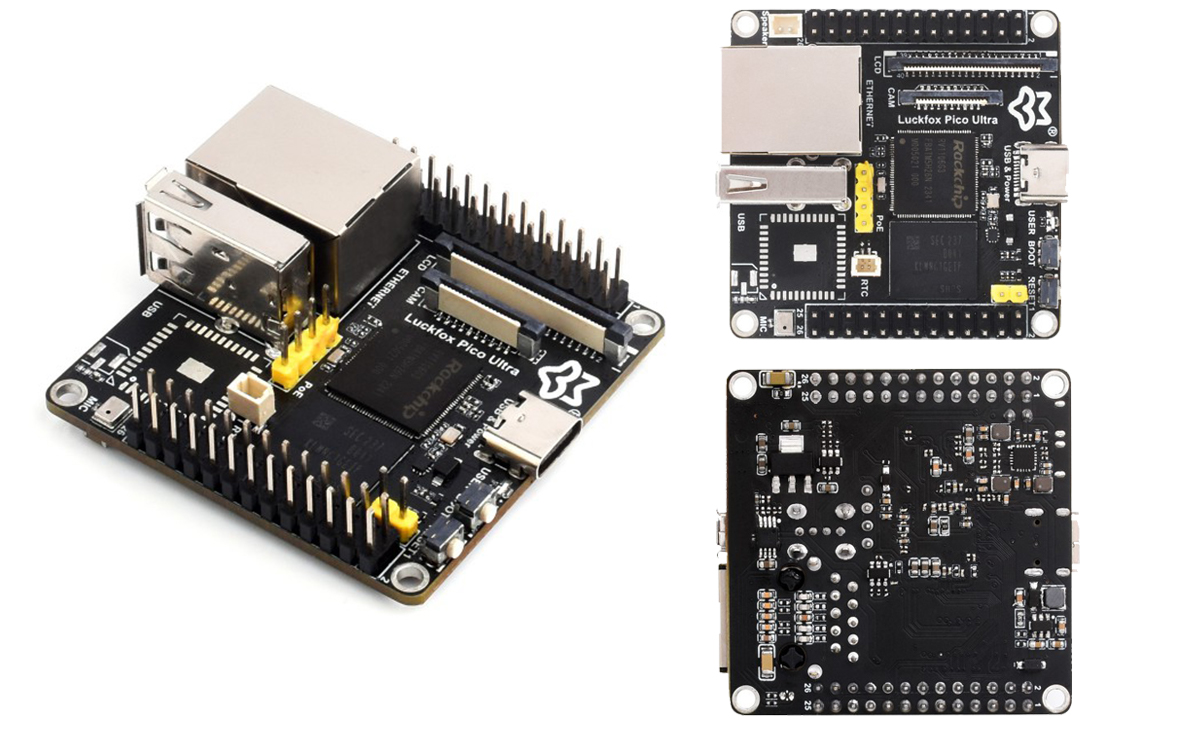RAUC open-source OTA update solution enabling A/B updates for embedded Linux images has recently been ported to the Radxa Rock Pi 4 Model B SBC powered by a Rockchip OP1 SoC by the project’s maintainer, Leon Anavi working for Konsulto Group. If you run a Linux distribution like Ubuntu, Debian, or Fedora, packages and OS images are taken care of automatically or by running a few commands. However, software engineers who build custom embedded Linux images with the Yocto Project or Buildroot must handle this themselves. Luckily, there are already open-source OTA firmware update solutions such as Mender, Balena, Torizon, OSTree, Snap, or RAUC, and we’ll look at the latter today. RAUC (Robust Auto-Update Controller) was started by Pengutronix in 2015 and eventually adopted by the community. It’s a lightweight update client that runs on an Embedded Linux device and controls the A/B update procedure when a new firmware revision […]
HIGOLE F9B Pro Intel N100 mini computer comes with a built-in 7-inch touchscreen display and 5,000 mAh battery
HIGOLE F9B Pro is a mini PC powered by an Intel Processor N100 quad-core CPU and equipped with a built-in 7-inch touchscreen display, a 5,000mAh battery, and full-size ports that could be confused with a 7-inch tablet if it was not so thick… GOLE/HIGOLE has made many such mini PCs with integrated displays over the years initially to lower the Windows license fee, but they’ve kept making those with new Intel families, for example with the Gemini Lake-powered GOLE1 Pro mini PC with a 5.5-inch display introduced in 2022. The HIGOLE F9B Pro is just the latest iteration with a modern Alder Lake-N CPU and a 7-inch touchscreen display. HIGOLE F9B (Pro) specifications: SoC – SoC – Intel Processor N100 quad-core Alder Lake-N processor @ up to 3.4 GHz (Turbo) with 6MB cache, 24EU Intel HD graphics @ 750 MHz; TDP: 6W System Memory – 16GB LPDDR4 Storage 256GB or […]
NUMA emulation patch boosts Geekbench 6 benchmark results by up to 18% on Raspberry Pi 5
Igalia Engineer, Tvrtko Ursulin has recently submitted a patch to the Linux kernel adding a NUMA (Non-Uniform Memory Access) emulation implementation for arm64 platforms that boosts the performance of 64-bit Arm targets by “splitting the physical RAM into chunks and utilizing an allocation policy to better utilize parallelism in physical memory chip organization”.
The NUMA emulation implementation was tested on a Raspberry Pi 5 SBC and the Geekbench 6 single-core score improved by 6%, while the multi-core score boosted by 18% after splitting into four emulated NUMA nodes. In other words, that’s like having a Broadcom BCM2712 CPU overclocked from 2.4 GHz up to 2.83 GHz.
SiFive announces Essential Gen4 RISC-V CPUs for embedded applications
As the RISC-V Summit Europe 2024 is underway, SiFive has announced the fourth generation of its “Essential” RISC-V CPUs (Essential Gen4) with improved power efficiency and more flexible interfaces for SoCs used in embedded devices. The update covers 32-bit and 64-bit RISC-V cores including the U6 and U7-series 64-bit application processors, the S2, S6, and S7 64-bit real-time embedded processors, and the E2, E6, and E7 32-bit real-time embedded processors. Essential Gen4 IP keys features: Up to 40% runtime power reduction 8x different baseline embedded 32-bit and 64-bit cores From 2-stage single-issue to 8-stage superscalar Improved L2 cache and enhanced L1 memory Configuration and integration options CPU type, profile, and options On-chip memories selection System, peripheral, and front ports Advanced power management and security Debug and trace Software support includes embedded Linux and FreeRTOS operating systems and Eclipse-based IDE for C/C++ development. That’s another low-quality, light-on technical details announcement from […]
NDAA-compliant NVIDIA Jetson Orin NX and Nano bundles target drones
ARK Electronics has recently introduced NDAA-complaint NVIDIA Jetson Orin NX and Nano bundles designed for drones with the company’s Jetson PAB (Pixhawk Autopilot Bus) carrier board, an ARKV6X flight controller, and an SSD preloaded with NVIDIA Jetpack and the ARK UI. I’ve come across the board following a post on X pointing to an article on Tom’s Hardware about the US passing a bill called “Countering CCP Drones Act” that would effectively ban DJI drones in the US. DJI is supposed to have a 90% market share of the U.S. hobby market, a 70% market share of the industrial market, and an over 80% market share of the first responder market, so not everybody will be happy if the bill passes in the senate and becomes enacted by the US president. But US companies making NDAA-compliant hardware and drones may bit mind, and that’s how I discovered ARK Electronics NVIDIA […]
2.5-inch Pico-ITX SBC features 13th gen Raptor Lake SoC up to Intel Core i7-1370PE
AAEON PICO-RAP4 is a 2.5-inch Pico-ITX SBC powered by Intel Raptor Lake processors from the penta-core Intel Processor 300U up to a 14-core Intel Core i7-1370PE, equipped with up to 32GB DDR5 SO-DIMM memory, and supporting M.2 NVMe, SATA, and mSATA storage devices. The Pico-ITX board also features two Ethernet ports (2.5GbE + GbE) with TCC and TSN support, HDMI and eDP/LVDS display interfaces, multiple USB ports, two RS232/RS422/RS485 interfaces, and I2C and GPIO interfaces for further expansion. AAEON PICO-RAP4 specifications: SoC – 13th gen Raptor Lake SoC (one or the other) – Note frequencies shown as base frequencies Intel Core i7-1370PE 14C/20T processor @ 1.9GHz with Intel UHD Graphics; PBP: 28W Intel Core i7-1370PRE 14C/20T processor @ 1.9GHz with Intel UHD Graphics; PBP: 28W Intel Core i5-1340PE 14C/16T processor @ 1.8GHz with Intel UHD Graphics; PBP: 28W Intel Core i3-1320PE 8C/12T processor @ 1.7GHz with Intel UHD Graphics; PBP: […]
Radxa Fogwise Airbox AI box review – Part 2: Llama3, Stable Diffusion, imgSearch, Python SDK, YOLOv8
After checking out Radxa Fogwise Airbox hardware in the first part of the review last month, I’ve now had time to test the SOPHGO SG2300x-powered AI box with an Ubuntu 20.04 Server image preloaded with CasaOS as well as Stable Diffusion and Llama3 containers. I’ll start the second part of the review by checking out the pre-installed Stable Diffusion text-to-image generator and Llama3 AI chatbot, then manually install imgSearch AI-powered image search engine in CasaOS web dashboard, test the Python SDK in the command line, and run some AI vision models, namely Resnet50 and YOLOv8. Radxa Fogwise Airbox OS installation Radxa only provided an Ubuntu Server 20.04 image last month with only the basics pre-installated. The company has now improved the documentation and also made two images available for the Radxa Fogwise Airbox: Base image (1.2GB) – Based on Ubuntu Server 20.04; contains only Sophon base SDK and backend. Full […]
Luckfox Pico Ultra micro development board features MIPI CSI, WiFi 6, Ethernet, PoE, GPIO headers, and more
The Luckfox Pico Ultra is a Rockchip RV1106-based Linux micro development board with a MIPI CSI port, an Ethernet port, and a 0.5 Tops NPU to run AI and image processing applications. Additionally, it features a speaker header, RGB LED header, GPIO, UART, SPI, I2C, USB, and much more. Waveshare also offers a “W” version of the Pico Ultra with built-in 2.4 GHz Wi-Fi 6 and Bluetooth 5.2. If you want to add PoE support, you can connect to the board with a separate PoE module. Luckfox Pico Ultra Specifications SoC – Rockchip RV1106G3 CPU – Arm Cortex A7 @ 1.2GHz with an integrated RISC-V co-processor. NPU– 0.5 TOPS, supports INT4/INT8/INT16, TensorFlow/MXNet/PyTorch/Caffe/Onnx NN ISP – 5MP high-performance, HDR, WDR, 3DNR, 2DNR, sharpening, defogging, fisheye and gamma correction, feature detection VPU – 3072×1728 (5M) @ 30fps H.265/H.264 encoding, 16M @ 60FPS JPEG snapshot System Memory – 256MB DDR3L Storage – 8GB eMMC flash Display Interface – […]


